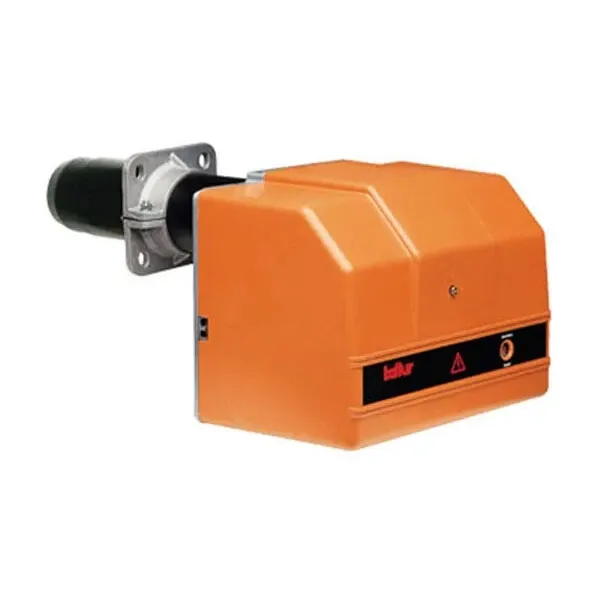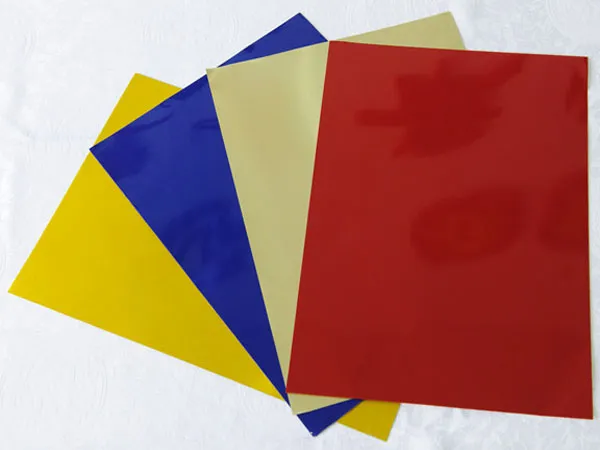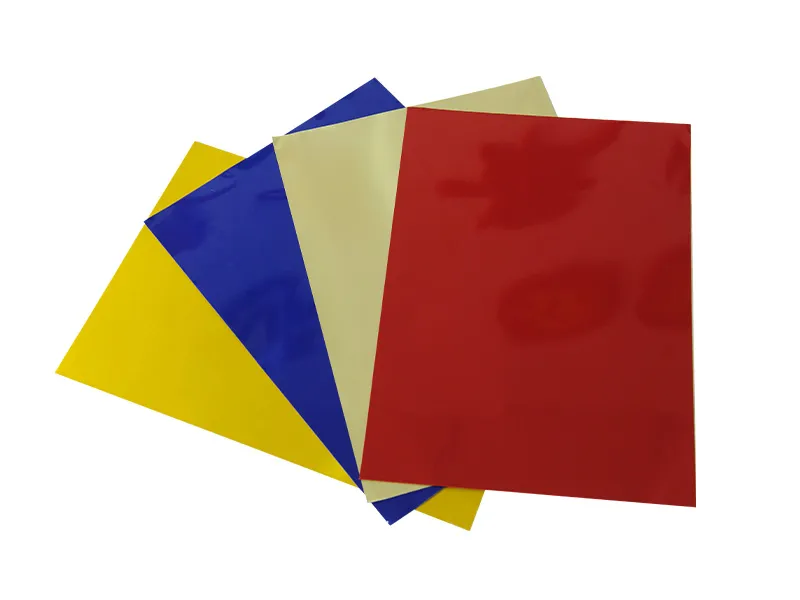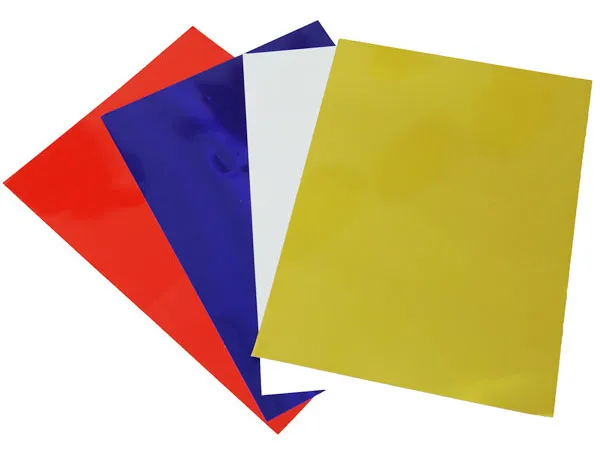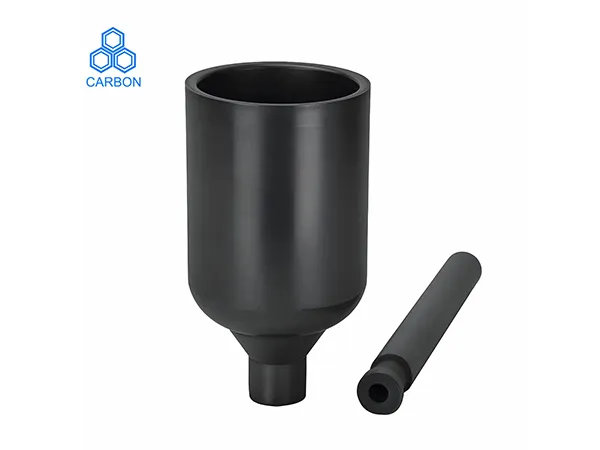En el gran esquema de la producción industrial, Las grandes calderas son el corazón emergente de la industria., Suministro continuo de vapor y calor a innumerables procesos críticos.. Sin embargo, en medio de costos de energía fluctuantes y regulaciones ambientales cada vez más estrictas, Garantizar el funcionamiento estable de estos enormes equipos con la máxima eficiencia y el mínimo consumo de energía se ha convertido en un desafío apremiante para los gerentes de negocios.. La respuesta puede estar en el corazón de la caldera: el quemador..
Con su rendimiento superior y su tecnología en continua evolución, Los quemadores industriales de gasóleo se están convirtiendo en la opción ideal para una eficiente, confiable, y funcionamiento económico de grandes calderas. Este artículo profundizará en los seis beneficios principales de quemadores de aceite industriales en aplicaciones de calderas grandes, revelando cómo pueden ayudar a las empresas a destacarse en un mercado ferozmente competitivo.
Beneficios de los quemadores de aceite industriales
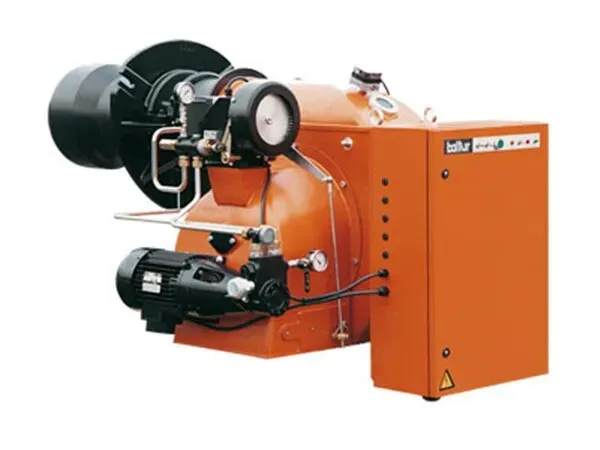
1. Adaptabilidad de combustible incomparable: Liberar el potencial de la diversificación energética
Imagine que su caldera puede cambiar de manera flexible los tipos de combustible según el precio y la disponibilidad del mercado.. Ésta es una de las ventajas más convincentes de los quemadores industriales de gasóleo.. Si se trata de fuelóleo pesado asequible, Fuelóleo ligero limpio y eficiente., Aceite usado ecológico para su reutilización, o incluso el petróleo de biomasa emergente, Los quemadores avanzados de aceite pueden convertirlo de manera eficiente en calor potente.. Este “omnívoro combustible” no sólo proporciona a las empresas una flexibilidad sin precedentes en la adquisición de combustible y mitiga eficazmente los riesgos de las fluctuaciones del mercado de combustibles, pero también reduce significativamente los costos operativos y mejora la resiliencia estratégica energética..
2. El arte de la combustión de precisión: Creando máxima eficiencia energética y emisiones verdes
Los modernos quemadores de gasóleo industriales son el epítome de la tecnología de combustión.. Cuentan con sistemas de control de precisión de la relación aire-combustible de última generación y diseños de cámaras de combustión optimizados dinámicamente fluidos.. Esto significa que cada gota de combustible se quema a su máximo potencial., maximizar la liberación de calor, mejorando significativamente la eficiencia térmica de la caldera en un promedio de 5%-10%. Más importante aún, Esta combustión final reduce las emisiones no quemadas y reduce eficazmente la producción de sustancias nocivas como los óxidos de nitrógeno. (NOx), dióxido de azufre (SO2), y partículas, permitiendo que su caldera industrial grande cumpla o incluso supere fácilmente los estándares de emisiones ambientales más estrictos, Lograr una verdadera conservación de la energía y protección del medio ambiente..
…
Para información más detallada sobre las ventajas de los quemadores de gasóleo industriales, por favor haga clic para visitar:https://www.sxburner.com/a/news/benefits-of-industrial-oil-burners.html

